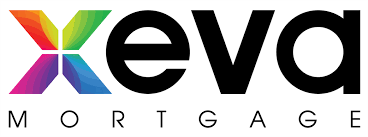Bank of Canada Rate Announcement Jun 5th, 2024
Bank of Canada reduces policy rate by 25 basis points.
FOR IMMEDIATE RELEASE
June 5, 2024
The Bank of Canada today reduced its target for the overnight rate to 4¾%, with the Bank Rate at 5% and the deposit rate at 4¾%. The Bank is continuing its policy of balance sheet normalization.
The global economy grew by about 3% in the first quarter of 2024, broadly in line with the Bank’s April Monetary Policy Report (MPR) projection. In the United States, the economy expanded more slowly than was expected, as weakness in exports and inventories weighed on activity. Growth in private domestic demand remained strong but eased. In the euro area, activity picked up in the first quarter of 2024. China’s economy was also stronger in the first quarter, buoyed by exports and industrial production, although domestic demand remained weak. Inflation in most advanced economies continues to ease, although progress towards price stability is bumpy and is proceeding at different speeds across regions. Oil prices have averaged close to the MPR assumptions, and financial conditions are little changed since April.
In Canada, economic growth resumed in the first quarter of 2024 after stalling in the second half of last year. At 1.7%, first-quarter GDP growth was slower than forecast in the MPR. Weaker inventory investment dampened activity. Consumption growth was solid at about 3%, and business investment and housing activity also increased. Labour market data show businesses continue to hire, although employment has been growing at a slower pace than the working-age population. Wage pressures remain but look to be moderating gradually. Overall, recent data suggest the economy is still operating in excess supply.
CPI inflation eased further in April, to 2.7%. The Bank’s preferred measures of core inflation also slowed and three-month measures suggest continued downward momentum. Indicators of the breadth of price increases across components of the CPI have moved down further and are near their historical average. However, shelter price inflation remains high.
With continued evidence that underlying inflation is easing, Governing Council agreed that monetary policy no longer needs to be as restrictive and reduced the policy interest rate by 25 basis points. Recent data has increased our confidence that inflation will continue to move towards the 2% target. Nonetheless, risks to the inflation outlook remain. Governing Council is closely watching the evolution of core inflation and remains particularly focused on the balance between demand and supply in the economy, inflation expectations, wage growth, and corporate pricing behaviour. The Bank remains resolute in its commitment to restoring price stability for Canadians.
Information note
The next scheduled date for announcing the overnight rate target is July 24, 2024. The Bank will publish its next full outlook for the economy and inflation, including risks to the projection, in the MPR at the same time.





